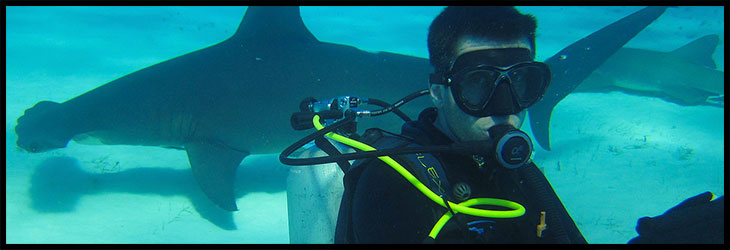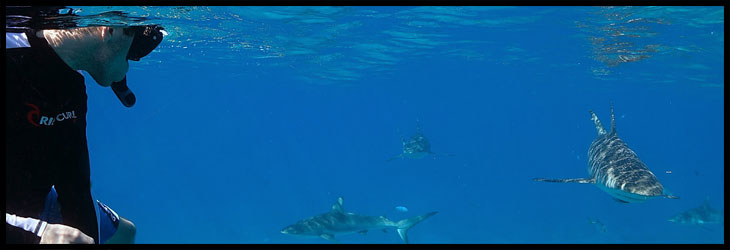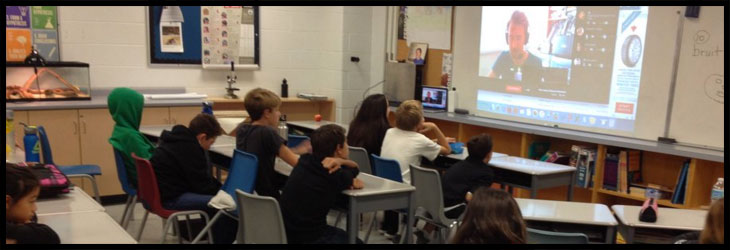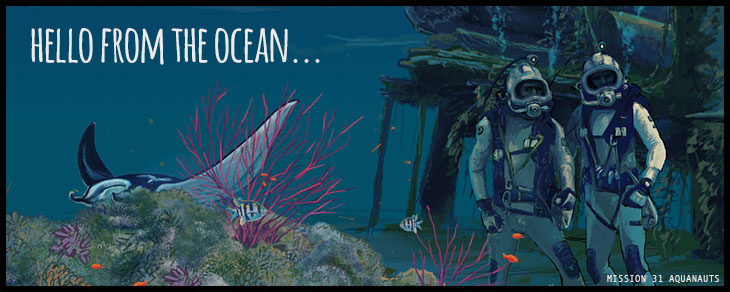Could you summarize how you’re using technology/media to increase learning?
I use Google Hangouts and Skype to connect my classroom, and classrooms across North America, with scientists, adventurers and conservationists from around the world. Our connections include National Geographic Explorers, Mission 31 aquanauts, marine biologists, rocket scientists, videographers, endurance athletes, environmental activists, and even PhD students. They share everything from never before seen footage to pioneering conservation projects.
What started as an extra add on to my science units, quickly took on a life of it’s own, growing into a non-profit organization called Exploring by the Seat of Your Pants. Since launching in September I have run over 75 Google Hangouts, connecting 1000’s of students to guest speakers and virtual field trips on all 7 continents.

What inspired you to start doing this?
I had already been teaching for two years and I didn’t want to end up teaching from textbooks and recycling lesson plans. I wanted to find a way to bring my passion for science and nature into the classroom in a big way, figuring that these passions would be contagious.
It was happy circumstance that I came across an article at the time about Fabien Cousteau planning to live and work for 31 days in an undersea laboratory off the Florida Keys. In the article it mentioned that he’d be connecting with some classrooms via Skype, and there on the spot I decided my class was going to be one of them. The series of emails I sent to secure this experience for my students got me thinking about more possibilities to connect my classroom to the world.
A few connections, quickly turned into a quest for 50 connections. Joining an expedition on an active volcano in Italy and hanging out in an Adele penguin colony in Antarctica barely scratches the surface of our travels. After two years of this program in my classroom, it seemed kind of selfish not to be sharing these experiences with more students, and Exploring by the Seat of Your Pants was born.
Why do you think it’s important – how does it benefit students?
There’s a huge disconnect between students and nature as well as with the material they are learning about in science. Many students get home and settle down with their technology, it’s hard for students to feel a connection with nature when they rarely experience it. At the same time students often ask me why what we are learning about is important to their lives. Connecting them with actual scientists in the field answers that question very well. The whole point of these connections is to introduce students to innovative research and projects around the world, as well as new role models and career paths. Illustrating for students that there is still much to be discovered and that anyone can follow a path in the sciences.
The benefit to students is huge! Their questioning skills grow as the year progresses, with simple what’s your favourite questions being replaced by more detailed questions, often involving previous knowledge and application. Another excellent benefit is how real world examples can hammer a point home. After learning about shark finning and a shark cull about to begin in Western Australia, my students made international headlines writing open letters to the Premier, full of solid facts and research. After connecting with a reporter who had just returned from Kiribati and shared the stories of a people whose entire country is slowly sinking below the waves, the real threat of climate change finally made sense to my students.

What is the hardest thing about doing this?
This is the number one question I receive, but with different variations. How do you find the time? Isn’t this hard? Where do you even begin? Personally, I found these types of experiences quite easy to set up. I always have my eye out for interesting documentaries and articles about various scientists and adventurers, and when something catches my eye I reach out with an email simply explaining what I’m doing and why. Most times the response is very favorable or at least leads to another person to reach out to.
This is why I started Exploring by the Seat of Your Pants. I realize that life as a teacher is incredibly busy and it’s not always easy to find the time to coordinate activities like these. Through the website I’ve tried make these experiences available to any classroom teacher with as few mouse click as possible. Right now you can join in a hangout as easily as pushing play on YouTube at the proper start time or even watch the recorded ones afterwards.
What feedback have you had so far about the program?
Feedback has been incredible. Teachers and students alike love these experiences in the classroom. It’s a welcome break from seat-work or projects and can serve as an excellent way to apply the learning to the real world. It really opens up classrooms to the world, showing students places and exciting things they had no idea existed. Many experts offer their emails so that students can reach out afterwards, in fact the guests seem to enjoy it just as much as the students. They understand the value of a good role model and becoming a global citizen at an early age.

Do you have a vision for it 5 years from now? If so, where is it going?
Absolutely! As the community of teachers continues to grow I’d like to start applying for grants and sponsorships to start helping to fund innovative research, expedition and conservation projects around the world. I think that’s another great lesson for students, that through their learning they are helping us learn more about our planet and to protect it. I’d like to so the community grow beyond North America with multiple hangouts a day running around the world.
What’s the best way for people to take advantage of your program?
There are three levels that classrooms can choose to participate at. The first is just to check out some of the hangouts on our YouTube channel. We have a library of about 75 hangouts up now. The second way is to stream an event live from the event page or YouTube page. Any number of classrooms can participate live in this way. The final and most exciting way is to get one of the camera spots, each hangout has 3-5 camera spots available. These allow classrooms to participate directly by talking to the speakers and asking questions. To sign up for a camera spot, check the monthly events page on the website for an updated list of camera spots available. From there fill out the Google Form on the bottom of the page and if the spots available, it’s yours!
Finally, do you have any advice for other teachers that may want to utilize tech and media to increase learning? What would you tell them?
Best way to get started is to let parents know what you plan on doing in the classroom and why. A lot of teachers worry that parents won’t want their students participating. After three years, I’ve never had a parent opposed to these activities. If you do end up with a couple parents who don’t want their students on camera it’s no big deal. Sit them off camera and they can still participate just like the rest of the rest of the class.
In the classroom we compete for the attention of our students and we don’t always win. These activities have given me a tool to help grab their attention and to expose them to an amazing world and a variety of issues well beyond our community. Few things are more rewarding than hearing from parents that their son or daughter talks their ear off about a speaker or continues researching when they get home. These connections may seem daunting at first and you don’t have to take things to the level that I have in my classroom. Instead of blowing the walls off your classroom, crack the window first, reach out and make a connection or two. I guarantee that neither you nor your students will be disappointed!

































































































